Protect Your Property and Promote Tree Health:
- By Kimberly Salyer
- •
- 06 Apr, 2023
- •
Importance of Tree Trimming After Storm Damage
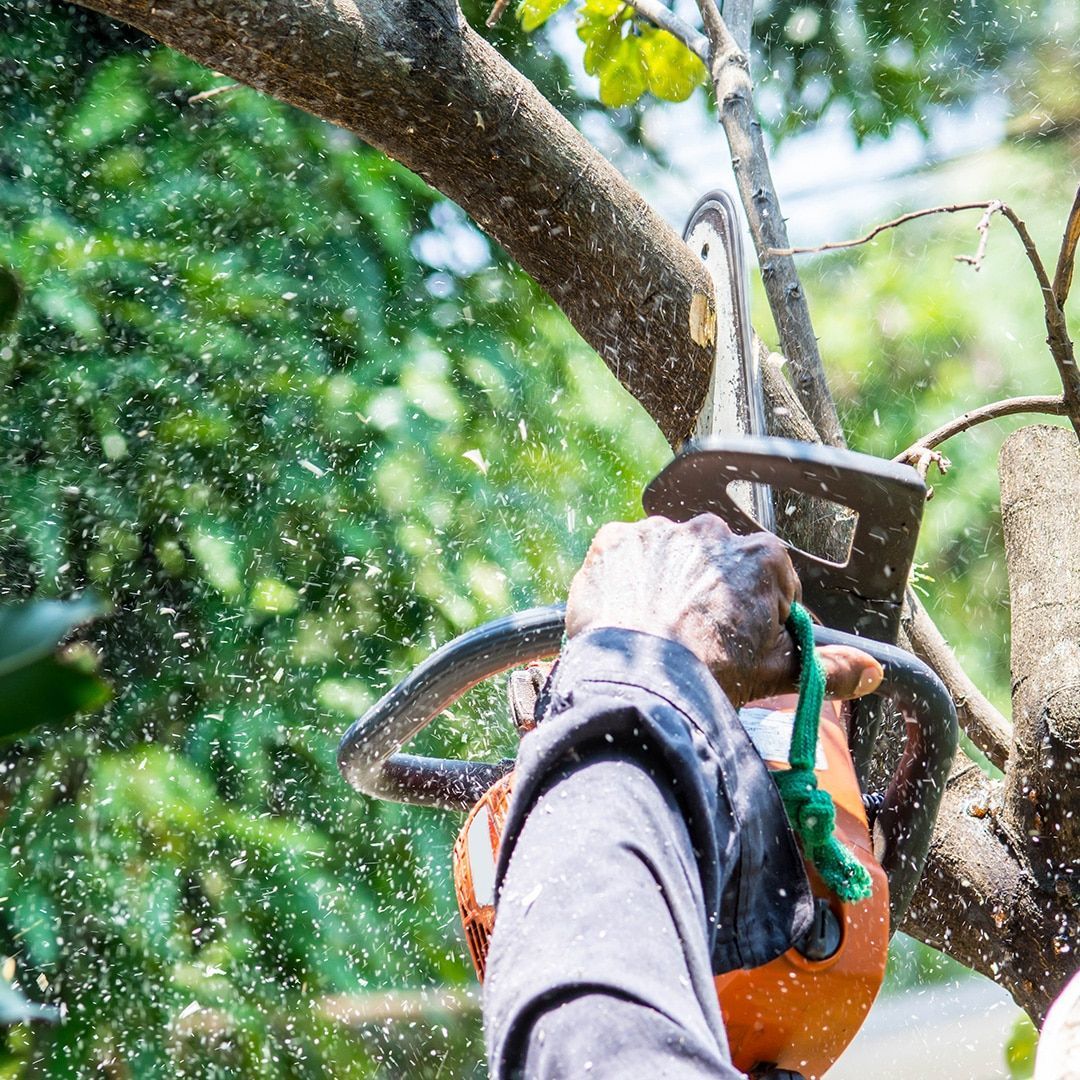
After a storm, trees can suffer from various types of damage, including broken branches, split trunks, and uprooted trees. These types of damage can create hazardous situations for people and property. Tree trimming after a storm is essential to ensure that your trees are healthy and safe.
Here are some of the reasons why tree trimming after a storm is so important:
- Safety
The primary reason for trimming trees after a storm is to ensure safety. Broken or damaged branches can fall at any time, which can cause injuries and damage to property. Tree trimming removes any damaged branches and reduces the risk of accidents.
- Tree Health
Trimming trees after a storm can help them recover from damage and promote healthy growth. Removing broken branches can prevent decay and disease from spreading to healthy parts of the tree. Additionally, trimming can stimulate new growth and improve the overall health of the tree.
- Aesthetics
Storm damage can leave trees looking unkempt and unsightly. Trimming after a storm can restore the tree's natural shape and beauty. This can be especially important for trees that are visible from the street or other public areas.
- Property Protection
Tree branches that are damaged by a storm can pose a threat to your property. Broken branches can fall on your home, car, or other valuable assets. Trimming can remove these branches and prevent potential damage.
In summary, tree trimming after a storm is essential for maintaining the health and safety of your trees. It is always recommended to hire a professional tree service to assess the damage and perform any necessary trimming or pruning. By taking care of your trees, you can ensure that they remain beautiful and healthy for years to come.
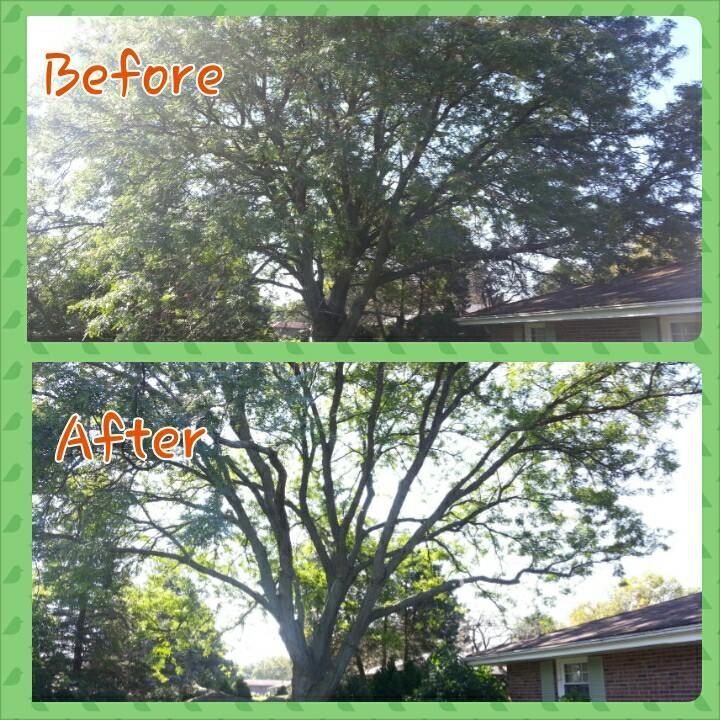
Spring is a great time to have your trees trimmed, as it is the time when most trees are beginning to emerge from their winter dormancy and start growing again. Here are some ASAP Tree Pros spring tree trimming tips to consider:
-
Identify the trees that need trimming: Not all trees require trimming. Observe your trees to identify the ones that require trimming. Look for broken, diseased, or dead branches, crossed or rubbing branches, or any other potential hazards.
-
Hire a professional tree servicelike, ASAP Tree Pros Inc., While DIY tree trimming may seem like a good idea, it can be dangerous and result in improper pruning techniques that could harm the tree. Hire a professional tree service with experienced and certified arborists to do the job safely and correctly.
-
Timing is key: Trimming trees during the growing season can promote healthy growth and flowering, but it is important to trim them before the new growth becomes too dense. Late winter or early spring, before new buds begin to form, is an ideal time for most trees.
-
Trim for health and safety: The primary goal of tree trimming is to maintain the health and safety of the tree. Focus on removing any dead or diseased branches, improving the tree's structure, and removing any branches that pose a hazard to people or property.
-
Avoid over-trimming: Avoid removing more than 25% of a tree's canopy as this can stress the tree and cause long-term damage. Trim only what is necessary to maintain the tree's health and safety.
By following these tips, you can ensure that your trees receive the proper care they need to thrive and remain healthy for years to come.
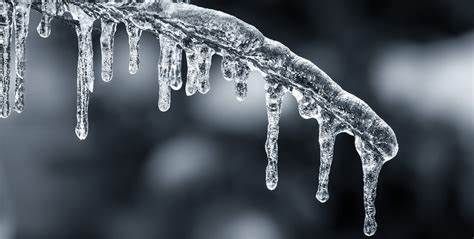
Winter is always a challenging time for landscape trees in Northern Illinois. One of the most significant and lasting impacts of winter on trees is ice and snow damage. Events such as this week’s ice storm in northern lower Michigan coated trees with up to half an inch of ice. This amount of ice can weigh down tree branches and cause significant breakage. Often the weight of ice results in high crown breakage, though trees can also split or lose major limbs.
Once the weather warms up, homeowners can begin to venture outside and assess the damage from the storm. Proper pruning and care of damaged trees is important for safety and for long-term health of the trees. If damaged trees are not properly pruned, several problems may ensue. Trees may experience severe dieback, resulting in dead limbs that could fall later.
Some trees may also produce prolific sprouts or suckers along limbs that have been damaged. These newly formed limbs are often weak and poorly attached to the tree and may be prone to failure during future storms. Broken limbs that are hung up in trees are a hazard since they may fall later. Lastly, proper pruning and tree care can help to reduce the likelihood that broken limbs will become infected with disease pathogens that can further damage or kill the tree.
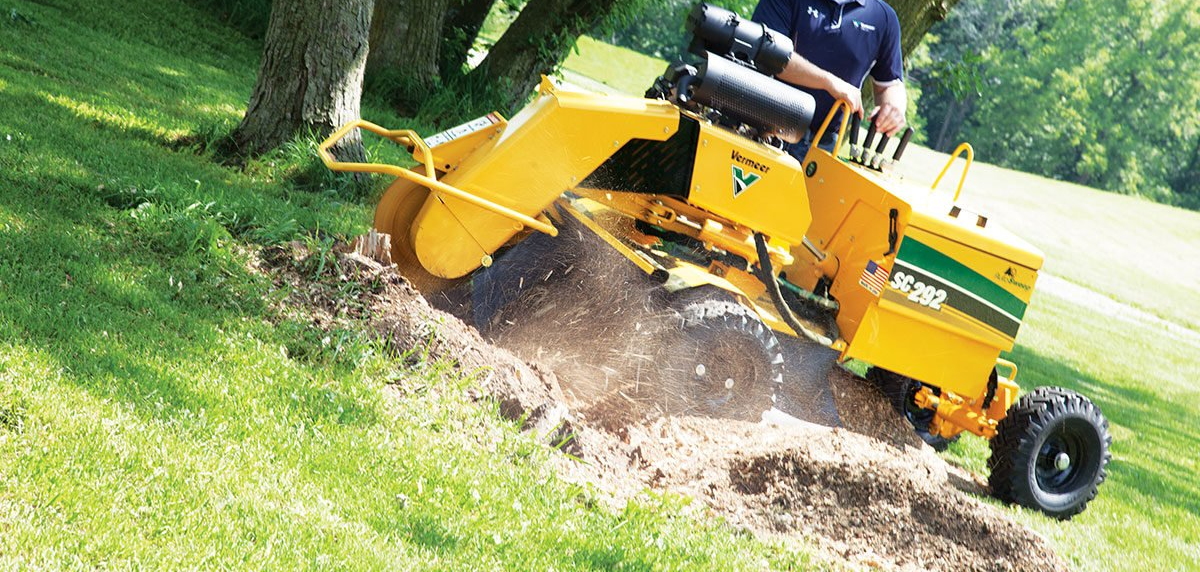


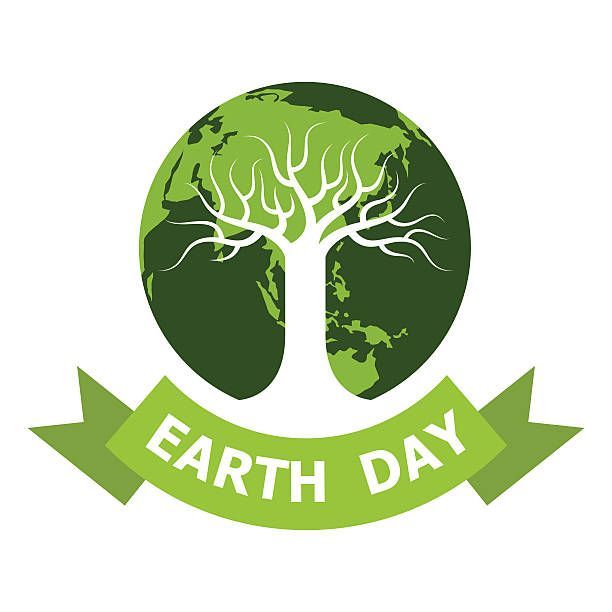
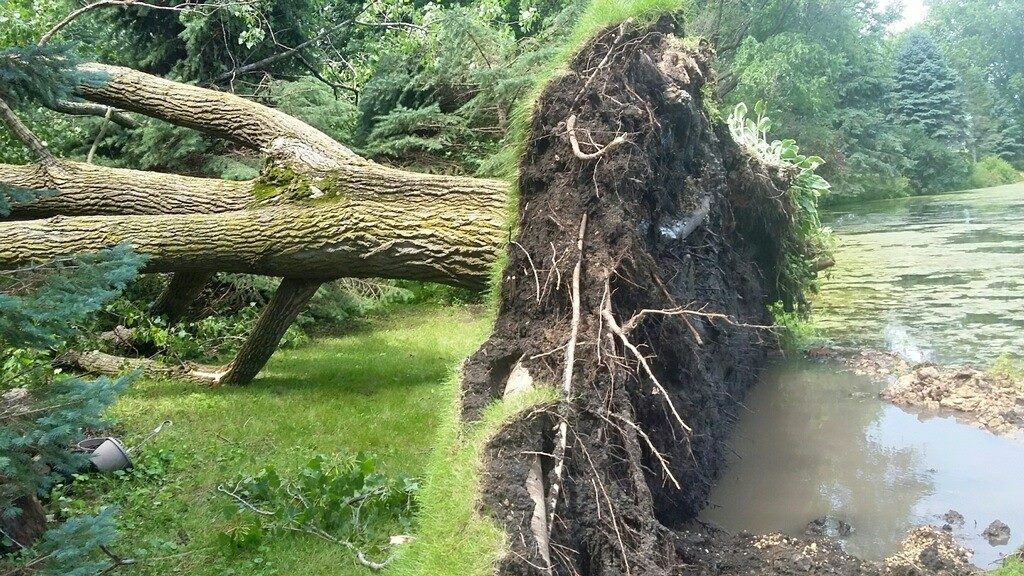
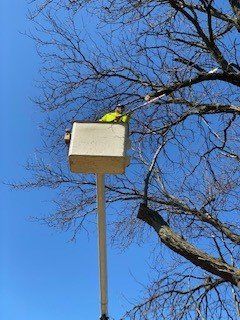
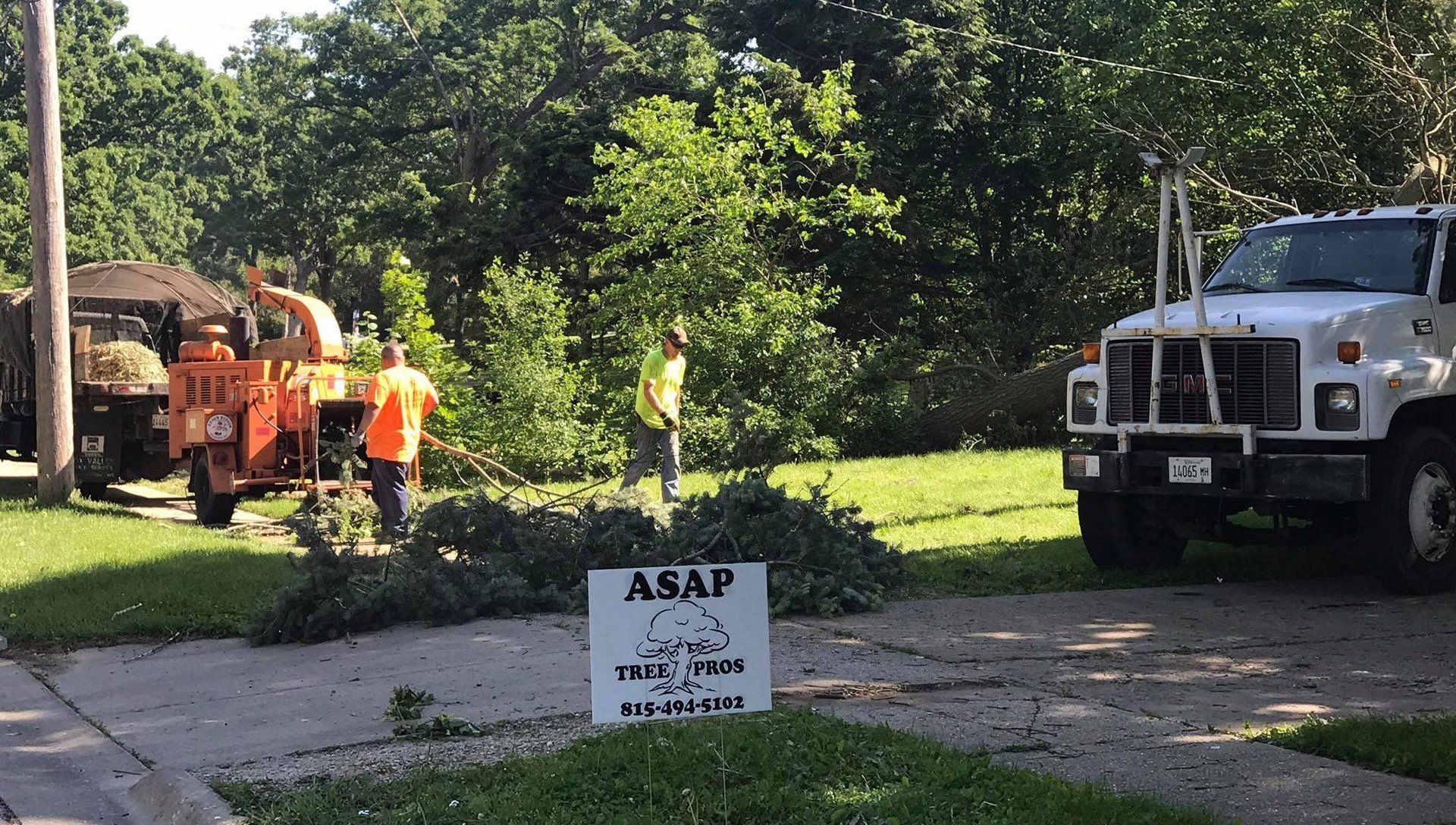
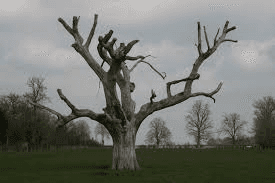
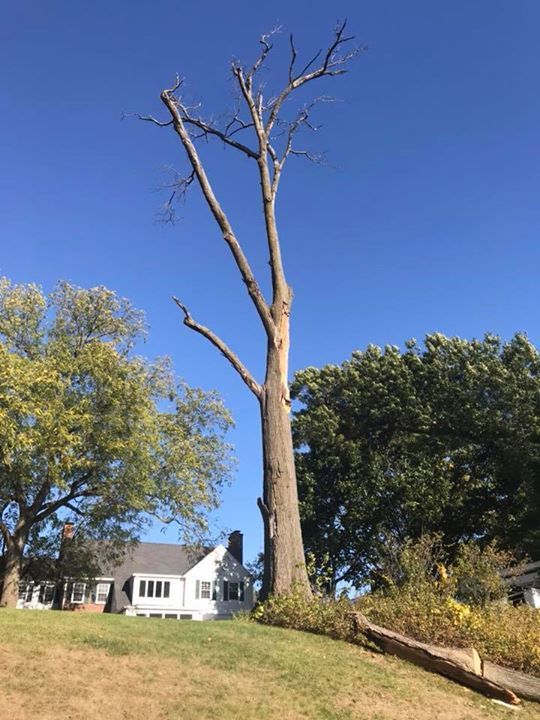
Share On: